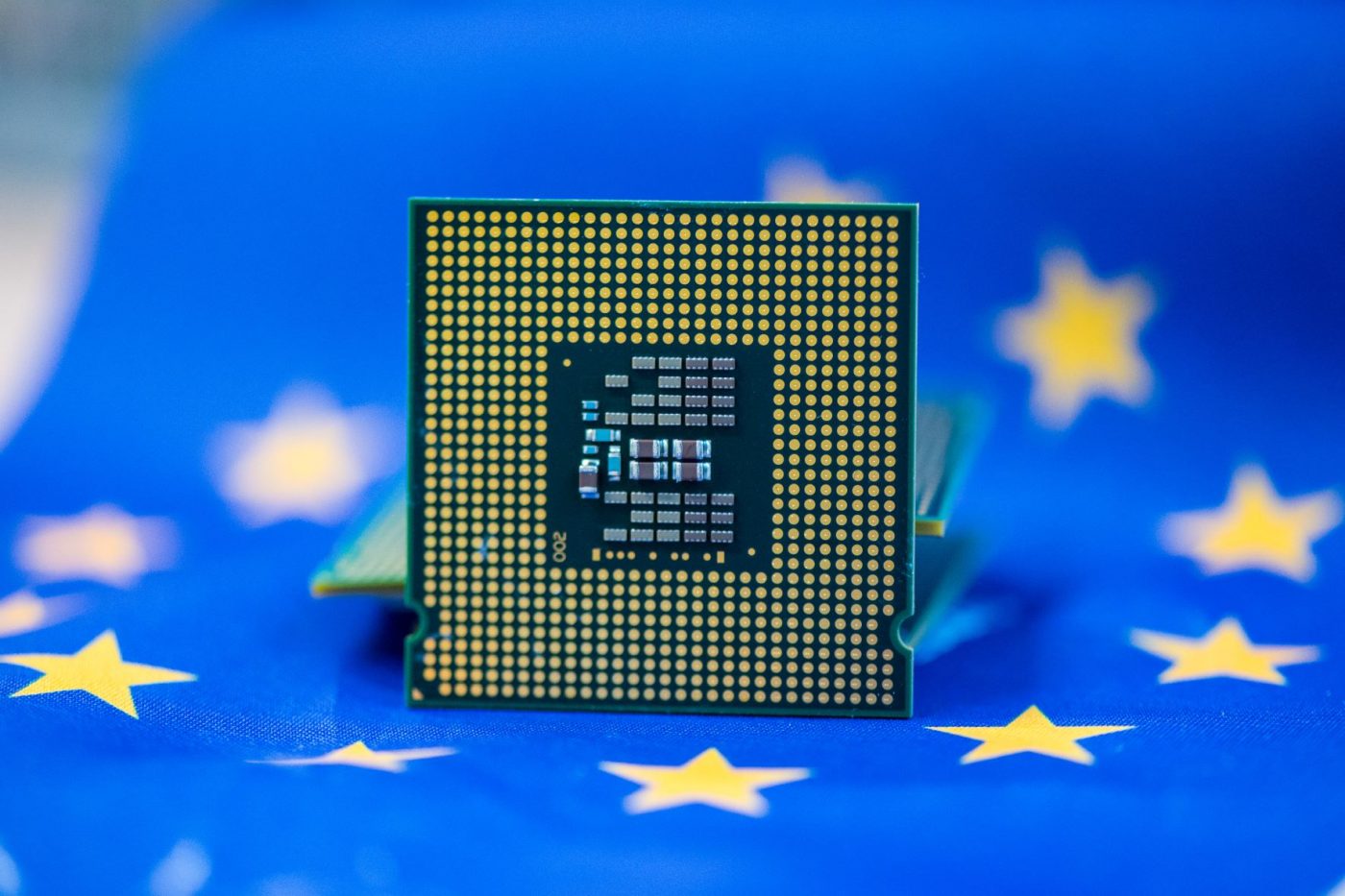Here’s what’s in the European Chips Act

The European Chips Act, the 43 billion plan for the development of a community microchip supply chain, has come into force. Here are the objectives and structure
On 21 September the European Chips Act came into force, the 43 billion euro plan for the production of microchips which should put the European Union in a position to compete with the United States and East Asia in a sector which is fundamental for the economy of the future: the digital technology, defense, energy and telecommunications sectors depend on these small and increasingly sophisticated components.
Semiconductors – explained Internal Market Commissioner Thierry Breton – are the “essential building blocks of the technologies that will shape our future, our industry and our defense base”.
THE GEOGRAPHY OF MICROCHIPS
The United States adopted its own CHIPS Act as early as August 2022: the law is worth a total of 280 billion dollars, of which 52 billion is dedicated to the development of semiconductor manufacturing. Currently the chipmaking industry, i.e. the material manufacturing of these devices, is concentrated in Asia and more precisely in Taiwan, Japan and South Korea.
The European Chips Act aims to more than double the Union's microchip manufacturing share by 2030, bringing it from 9 to 20 percent of the global total. It was proposed by the Commission in February 2022; last April a political agreement was reached on the matter between the European Parliament and the member states.
THE THREE PILLARS OF THE EUROPEAN CHIPS ACT
The European Chips Act consists of three pillars.
The first is the Chips for Europe Initiative, an initiative that aims to facilitate the transfer of skills from the laboratory to the factory, and therefore encourage the industrialization of scientific discoveries. The initiative will receive economic support of 3.3 billion euros from community funds, "which should be matched by funds from the member states", specifies a press release from the Commission. These resources will be invested in the creation of production lines, the development of a cloud platform for semiconductor design, the establishment of competence centers, the development of chips for quantum computing and the creation of a fund – the Chips Fund – to improve access to credit.
The second pillar is a framework , i.e. a regulatory framework, to attract investments in the manufacturing of microchips and thus guarantee the security of supplies: today supplies come mainly from Asia and are therefore exposed to supply chain problems. The Commission, in particular, would like to encourage the opening of first-of-a-kind , i.e. cutting-edge, plants in the Community territory which will be able to receive state aid. The first-of-a-kind label is not limited to factories that make technologically advanced chips, but also applies to facilities that employ innovative solutions of various types (for example, processes that guarantee greater energy efficiency) and centers of excellence that offer services.
The third and final pillar of the European Chips Act is a coordination mechanism between member states and the Commission which will serve to strengthen collaboration on monitoring supply and demand levels, in order to prevent any shortages and activate the mechanisms in time of response to crises.
This is a machine translation from Italian language of a post published on Start Magazine at the URL https://www.startmag.it/innovazione/chips-act-unione-europea/ on Sat, 23 Sep 2023 05:07:20 +0000.
